| prey |
Beetles, flies, wasps and plant bugs.
Sixteen discrete behavioral acts were identified in the predatory
behavior of M. lemniscata
1.) Pluck. Rapid, longitudinal displacement of web radii with tarsi
of legs I and sometimes II (= "jerk" sensu Lubin, 1980), or jerky
movement of entire body to shake web; usually a response to prey
movement, often as spider orients toward prey.
2.) Bite. Inserting chelicerae while holding prey with legs I-III and
grasping web with legs IV. Bites may be single and sustained or
repeated, brief, and in multiple locations.
3.) Wrap. Of two types:
ao) Immobilization Wrap. Extensive swathing of prey at capture site, with wide ribbons of silk while using legs I-III or II-III to hold prey. Leg
b.) Postimmobilization Wrap. Less extensive, methodical wrapping at hub where spider rotates prey with legs I-III and applies spinnerets directly to prey (="prey-rotation wrapping"
sensu Robinson and Olazarri, 1971).
4.) Cut Out. Pedipalps and legs I sever and pull web silk from
prey, then chelicerae and legs I remove entangled prey from web.
5.) Carry. Spider carries prey toward hub, either attached to silk
strand and carried underneath body with one or both legs IV or
carried in jaws.
6.) Attach. Spider attaches silk to web, often while manipulating
prey, with spinnerets, by means of a dabbing motion to secure prey
to web surface.
7.) Manipulate. Spider applies several short bites to prey while
using pedipalps, legs I-III, and chelicerae to maneuver prey into
feeding position.
8). Feed. Spider begins to feed after it plucks or tenses web with
legs I-IV. Typical posture involves spider at hub, with legs I-IV
on web surface and chelicerae embedded in prey (= "cruciform
attitude" sensu Robinson and Olazarri, 1971).
1992] Willey, Johnson & Adler 163
9.) Interrupt. Defined as any break in predatory behavior caused
by natural (e.g., wind, leaves hitting web) or unnatural (observer)
disturbances.
10.) Reject. Spider drops prey from web prior to feeding.
11.) Rest. On web with legs I-IV contacting web, generally on hub
but sometimes at prey capture site or in retreat. Females with egg
sacs may have legs IV in contact with sacs. Alternatively, legs
I-III may contact prey while legs IV contact web.
12.) Groom. Legs and palps passed between chelicerae.
13.) Shake. Violent, large amplitude, movements of web surface
produced by legs I-II, often in response to prey trapped in barrier
web above dome.
14.) Palpate. Pedipalps used to touch prey.
15.) Retreat. Spider moves away from prey to any location on web
(usually hub) or drops off web.
l6.) Cut Through. Spider severs hub silk with chelicerae and
moves to barrier region of web.
|
Photo Gallery for Mecynogea lemniscata Basilica orbweaver |
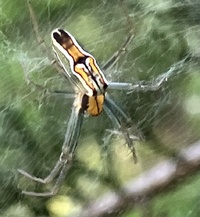 | Recorded by: Ken Kneidel
Mecklenburg Co.
Comment: | 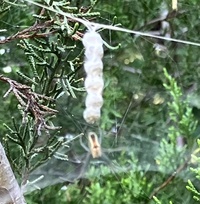 | Recorded by: Ken Kneidel
Mecklenburg Co.
Comment: |
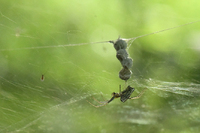 | Recorded by: Steven Acesta
Forsyth Co.
Comment: | 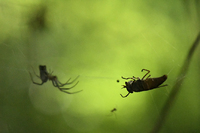 | Recorded by: Steven Acesta
Forsyth Co.
Comment: |
 | Recorded by: Steven Acesta
Forsyth Co.
Comment: |  | Recorded by: Steven Acesta
Forsyth Co.
Comment: |
 | Recorded by: Steven Acesta
Forsyth Co.
Comment: |  | Recorded by: Steven Acesta
Forsyth Co.
Comment: |
 | Recorded by: Steven Acesta
Forsyth Co.
Comment: |  | Recorded by: Steven Acesta
Forsyth Co.
Comment: Different female specimen to my earlier dated submissions of Mecynogea Lemniscata. |
 | Recorded by: Steven Acesta
Forsyth Co.
Comment: Different female specimen to my earlier dated submissions of Mecynogea Lemniscata. |  | Recorded by: Steven Acesta
Forsyth Co.
Comment: Different female specimen to my earlier dated submissions of Mecynogea Lemniscata. |
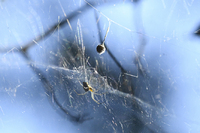 | Recorded by: Steven Acesta
Forsyth Co.
Comment: Different female specimen to my previous submissions of Mecynogea Lemniscata. |  | Recorded by: Steven Acesta
Forsyth Co.
Comment: Different female specimen to my previous submissions of Mecynogea Lemniscata. |
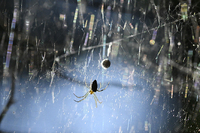 | Recorded by: Steven Acesta
Forsyth Co.
Comment: Different female specimen to my previous submissions of Mecynogea Lemniscata. | 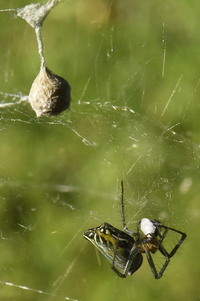 | Recorded by: Steven Acesta
Forsyth Co.
Comment: |
 | Recorded by: Steven Acesta
Forsyth Co.
Comment: | 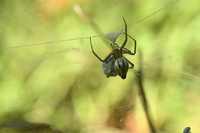 | Recorded by: Steven Acesta
Forsyth Co.
Comment: |
 | Recorded by: Steven Acesta
Forsyth Co.
Comment: | 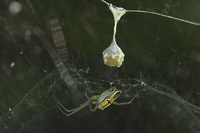 | Recorded by: Steven Acesta
Forsyth Co.
Comment: |
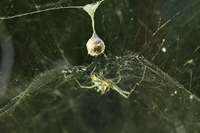 | Recorded by: Steven Acesta
Forsyth Co.
Comment: | 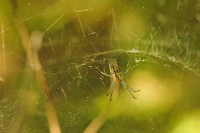 | Recorded by: Steven Acesta
Forsyth Co.
Comment: |
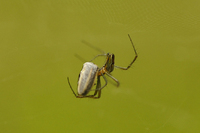 | Recorded by: Steven Acesta
Forsyth Co.
Comment: A tighter crop of my previous submission. Photographed at 8:04 am. | 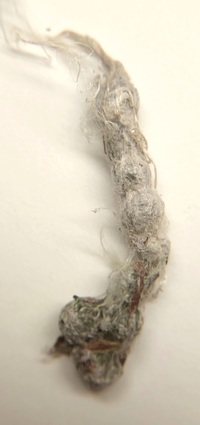 | Recorded by: Mark Basinger
Wilson Co.
Comment: Bead-like egg sacs are characteristic of this species. |
 | Recorded by: Donald Zepp
Harnett Co.
Comment: | 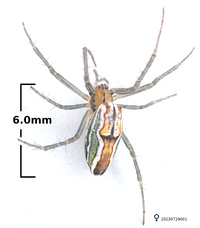 | Recorded by: Donald Zepp
Johnston Co.
Comment: |
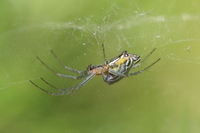 | Recorded by: Travis McLain
Cleveland Co.
Comment: https://www.inaturalist.org/observations/174297911 | 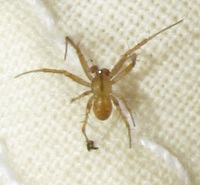 | Recorded by: Brian Bockhahn
Hyde Co.
Comment: |
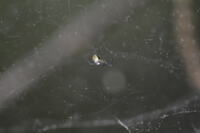 | Recorded by: Tracy S. Feldman
Scotland Co.
Comment: | 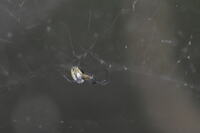 | Recorded by: Tracy S. Feldman
Scotland Co.
Comment: |
 | Recorded by: Tracy S. Feldman
Scotland Co.
Comment: |  | Recorded by: Erich Hofmann and Kayla Weinfurther
Columbus Co.
Comment: |
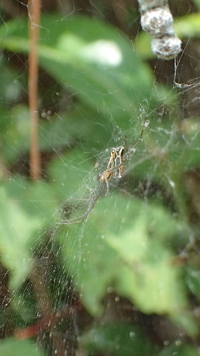 | Recorded by: Erich Hofmann and Kayla Weinfurther
Columbus Co.
Comment: | 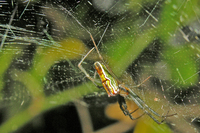 | Recorded by: Owen McConnell
Orange Co.
Comment: |
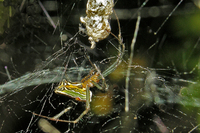 | Recorded by: Owen McConnell
Orange Co.
Comment: |  | Recorded by: Brian Bockhahn
Durham Co.
Comment: |
 | Recorded by: Brian Bockhahn
Durham Co.
Comment: | 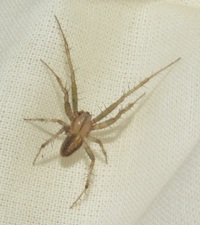 | Recorded by: Brian Bockhahn
Iredell Co.
Comment: Male |
 | Recorded by: Brian Bockhahn
Iredell Co.
Comment: Male | 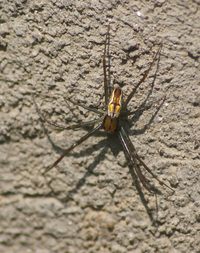 | Recorded by: Vin Stanton
Buncombe Co.
Comment: |
 | Recorded by: Brian Bockhahn, C. Bowers, H. Anderson, J. Brown
Cumberland Co.
Comment: |  | Recorded by: J. Thomson, B. Bockhahn
Orange Co.
Comment: OCMO - Near Fishing pond sign @ -79.116449, 36.061477 |
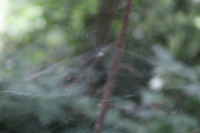 | Recorded by: J. Thomson, B. Bockhahn
Orange Co.
Comment: OCMO - Near Fishing pond sign @ -79.116449, 36.061477 | 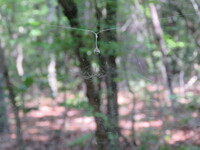 | Recorded by: E. Conway, NEW
Moore Co.
Comment: WEWO - on holly road trail |
 | Recorded by: Donald ZEPP
Johnston Co.
Comment: | 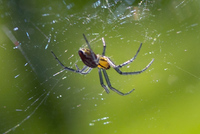 | Recorded by: B. McRae
Macon Co.
Comment: |
 | Recorded by: Tracy S. Feldman
Scotland Co.
Comment: |  | Recorded by: Brian Bockhahn
Camden Co.
Comment: |
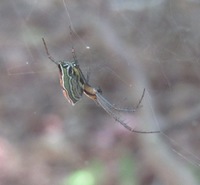 | Recorded by: Brian Bockhahn
Orange Co.
Comment: | 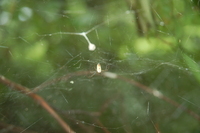 | Recorded by: Tracy S. Feldman
Scotland Co.
Comment: |
 | Recorded by: Brian Bockhahn
Wake Co.
Comment: | 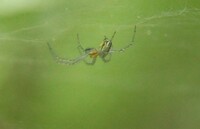 | Recorded by: Tracy S. Feldman
Scotland Co.
Comment: |
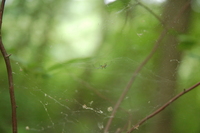 | Recorded by: Tracy S. Feldman
Scotland Co.
Comment: |  | Recorded by: Tracy S. Feldman
Scotland Co.
Comment: |
 | Recorded by: Brian Bockhahn
Rockingham Co.
Comment: | 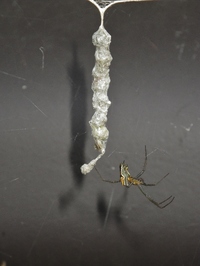 | Recorded by: j.wyche
Gates Co.
Comment: MEMI - 1 off Cypress Point Trail; the rest on the metal parts of Millpond Bridge extention |
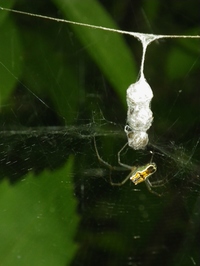 | Recorded by: j.wyche, n.dominick
Gates Co.
Comment: MEMI - near Millpond Rd. & Bridge | 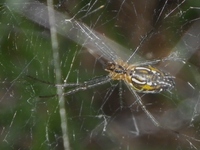 | Recorded by: j.wyche
Gates Co.
Comment: MEMI - attached to Millpond Bridge braces |
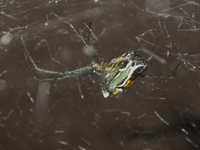 | Recorded by: j.wyche
Gates Co.
Comment: MEMI - attached to Millpond Bridge braces | 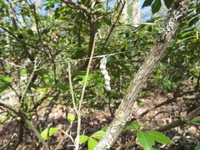 | Recorded by: Brian Bockhahn
Orange Co.
Comment: |
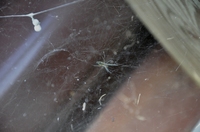 | Recorded by: Jane Wyche
Gates Co.
Comment: MEMI - in webs attached to Millpond Bridge railings |  | Recorded by: SBW
Camden Co.
Comment: DISW - North deck of visitor center. |
|